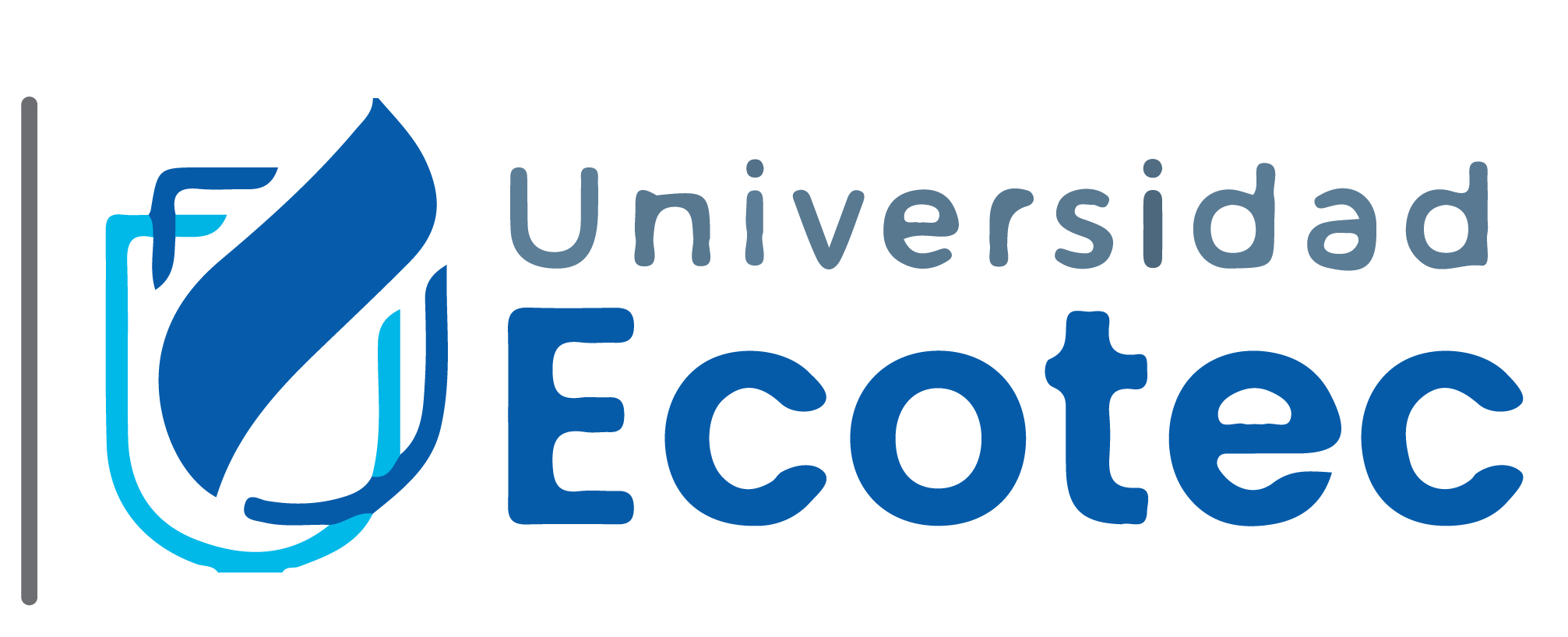Artículo
Flipped Classroom in Higher Education: A Bibliometric Analysis and Proposal of a Framework for its Implementation
Resumen
0
PT AU BA BE GP AF BF CA TI SO SE BS LA DT CT CY CL SP HO DE ID AB C1 C3 RP EM RI OI FU FP FX CR NR TC Z9 U1 U2 PU PI PA SN EI BN J9 JI PD PY VL IS PN SU SI MA BP EP AR DI DL D2 EA PG WC WE SC GA PM OA HC HP DA UT
J Limaymanta, CH; Apaza-Tapia, L; Vidal, E; Gregorio-Chaviano, O Limaymanta, Cesar H.; Apaza-Tapia, Ludgarda; Vidal, Elizabeth; Gregorio-Chaviano, Orlando Flipped Classroom in Higher Education: A Bibliometric Analysis and Proposal of a Framework for its Implementation INTERNATIONAL JOURNAL OF EMERGING TECHNOLOGIES IN LEARNING English Article Flipped classroom; Bibliometrics; Higher education; Active learning; Framework; Scientific collaboration; Co-occurrence; Scientific production; Information and communication technology UNIVERSITY; SCIENCE; COLLABORATION The flipped classroom as an educational model is perfectly aligned with the current demands of higher education. Therefore, the objectives of this article were to carry out a bibliometric analysis of the scientific production of the flipped classroom in higher education (2012-2020) and to propose a framework for its implementation in face-to-face, blended or online learning modalities. The records were recovered from the Web of Science Core Collection and Scopus, from which, after a five-phase methodological process, a consolidated dataset of 782 documents was obtained. The results showed the importance of the subject matter as scientific production reflected a continuous growth during the period of study. For their part, the most productive authors come from various institutions worldwide with an H index of over 50. The collaboration indicators show the growth trend of these indexes over the years, which reflects the capacity to generate national and international impact in the documents published in collaboration. The keywords co-occurrence analysis showed that the flipped classroom as a technological and innovative approach is complemented by active learning, blended learning, e-learning, ICT, teaching method, among others. Finally, a framework with five components was proposed as a basic guide for the implementation of the flipped classroom in higher education. [Limaymanta, Cesar H.] Univ Nacl Mayor San Marcos, Lima, Peru; [Limaymanta, Cesar H.] Univ Peruana Ciencias Aplicadas, Lima, Peru; [Apaza-Tapia, Ludgarda] Univ Nacl San Agustin Arequipa, Sch Accounting & Financial Sci, Arequipa, Peru; [Vidal, Elizabeth] Univ Nacl San Agustin Arequipa, Comp & Syst Engn Dept, Arequipa, Peru; [Gregorio-Chaviano, Orlando] Pontificia Univ Javeriana, Bibliometr, Bogota, Colombia Universidad Nacional Mayor de San Marcos; Universidad Peruana de Ciencias Aplicadas (UPC); Universidad Nacional de San Agustin de Arequipa; Universidad Nacional de San Agustin de Arequipa; Pontificia Universidad Javeriana Limaymanta, CH (corresponding author), Univ Nacl Mayor San Marcos, Lima, Peru.; Limaymanta, CH (corresponding author), Univ Peruana Ciencias Aplicadas, Lima, Peru. climaymantaa@unmsm.edu.pe Gregorio-Chaviano, Orlando/B-5480-2018; Limaymanta, Cesar H./AAC-2537-2019 Gregorio-Chaviano, Orlando/0000-0002-3064-8639; Limaymanta, Cesar H./0000-0002-8797-4275; Vidal, Elizabeth/0000-0002-8367-9439 Abeysekera L, 2015, HIGH EDUC RES DEV, V34, P1, DOI 10.1080/07294360.2014.934336; Aguilera C., 2017, INT J DEV ED PSYCHOL, V1, P261, DOI DOI 10.17060/IJODAEP.2017.N1.V4.1055; AJIFERUKE I, 1988, SCIENTOMETRICS, V14, P421, DOI 10.1007/BF02017100; Al-Shabibi TS., 2019, INT J LEARNTEACH ED, V18, P96; Aprianto E, 2020, INT J EMERG TECHNOL, V15, P114, DOI 10.3991/ijet.v15i24.14017; ARENCIBIA-JORGE R., 2008, ACIMED, V17, P1; Bergmann J., 2012, FLIP YOUR CLASSROOM; Bergmann J., 2014, DALE VUELTA TU CLASE; Brewer R, 2018, J COMPUT ASSIST LEAR, V34, P409, DOI 10.1111/jcal.12250; Carver Rebecca, 1996, J EXP EDUC, V19, P8, DOI DOI 10.1177/105382599601900102; Chan SY, 2020, INNOV EDUC TEACH INT, V57, P62, DOI 10.1080/14703297.2018.1541189; DePietro DM, 2021, ACAD RADIOL, V28, P128, DOI 10.1016/j.acra.2020.10.005; Deterding S., 2011, P 15 INT AC MINDTREK, P9, DOI [10.1145/2181037.2181040, DOI 10.1145/2181037.2181040, https://doi.org/10.1145/2181037.2181040]; Ellegaard O, 2015, SCIENTOMETRICS, V105, P1809, DOI 10.1007/s11192-015-1645-z; Franceschet M, 2011, J AM SOC INF SCI TEC, V62, P1992, DOI 10.1002/asi.21614; Glanzel W, 2002, COAUTHORSHIP PATTERN; Glanzel W, 2012, PROF INFORM, V21, P194, DOI 10.3145/epi.2012.mar.11; GROOS OV, 1969, J DOC, V25, P344, DOI 10.1108/eb026482; He WL, 2016, LEARN INSTR, V45, P61, DOI 10.1016/j.learninstruc.2016.07.001; Hew KF, 2020, INT J EDUC TECHNOL H, V17, DOI 10.1186/s41239-020-00234-x; Hinojo-Lucena FJ, 2018, SUSTAINABILITY-BASEL, V10, DOI 10.3390/su10051334; Jeong JS, 2021, INTERACT LEARN ENVIR, V29, P707, DOI 10.1080/10494820.2019.1636079; Julia J., 2020, EUROPEAN J ED RES, V9, P1377, DOI [10.12973/eu-jer.9.4.1377, DOI 10.12973/EU-JER.9.4.1377]; Kim MK, 2014, INTERNET HIGH EDUC, V22, P37, DOI 10.1016/j.iheduc.2014.04.003; Kumar S., 2012, NTTC B, V19, P3; Lazcano-Pena D, 2020, REV ESP DOC CIENT, V43, DOI 10.3989/redc.2020.1.1626; Lo CK, 2018, KNOWL MANAG E-LEARN, V10, P441; Lundin M, 2018, INT J EDUC TECHNOL H, V15, DOI 10.1186/s41239-018-0101-6; Moral-Munoz JA, 2019, SPRINGER HBK, P159, DOI 10.1007/978-3-030-02511-3_7; O'Flaherty J, 2015, INTERNET HIGH EDUC, V25, P85, DOI 10.1016/j.iheduc.2015.02.002; Ozadowicz A, 2020, EDUC SCI, V10, DOI 10.3390/educsci10100292; Prince M, 2004, J ENG EDUC, V93, P223, DOI 10.1002/j.2168-9830.2004.tb00809.x; Martinez TS, 2019, REICE-REV IBEROAM CA, V17, P25, DOI 10.15366/reice2019.17.1.002; Strayer J.F., 2012, LEARNING ENVIRON RES, V15, P171, DOI [10.1007/s10984-012-9108-4, DOI 10.1007/S10984-012-9108-4]; Tang T, 2020, INTERACT LEARN ENVIR, DOI 10.1080/10494820.2020.1817761; Tsai HL, 2020, SCI ED, V7, P163, DOI 10.6087/kcse.212; Umam Khoerul, 2019, International Journal of Interactive Mobile Technologies, V13, P68, DOI 10.3991/ijim.v13i03.10207; UNESCO, 2020, ED DISR REC; Van Eck N. J., 2014, MEASURING SCHOLARLY, P285, DOI [DOI 10.1007/978-3-319-10377-8_13, 10.1007/978-3-319-10377-8_13(InEng.), 10.1007/978-3-319-10377-8_13]; van Eck NJ, 2010, SCIENTOMETRICS, V84, P523, DOI 10.1007/s11192-009-0146-3; van Eck NJ, 2009, J AM SOC INF SCI TEC, V60, P1635, DOI 10.1002/asi.21075; Vargas-Quesada B., 2007, VISUALIZING STRUCTUR, DOI [10.1007/3-540-69728-4, DOI 10.1007/3-540-69728-4]; Waltman L, 2010, J INFORMETR, V4, P629, DOI 10.1016/j.joi.2010.07.002; Yang L, 2017, INT J EMERG TECHNOL, V12, P178, DOI 10.3991/ijet.v12i06.7095 44 5 5 4 11 KASSEL UNIV PRESS GMBH KASSEL DIAGONALE 10, D-34127 KASSEL, GERMANY 1863-0383 INT J EMERG TECHNOL Int. J. Emerg. Technol. Learn. 2021 16 9 133 149 10.3991/ijet.v16i09.21267 http://dx.doi.org/10.3991/ijet.v16i09.21267 17 Education & Educational Research Emerging Sources Citation Index (ESCI) Education & Educational Research RZ0OU gold, Green Submitted 2023-01-20 WOS:000648300600009
Autores | Coroa, MCP; Mendes, PFS; Baia-da-Silva, DC; Souza-Monteiro, D; Ferreira, MKM; Braga, GLC; Damasceno, TV; Perdigao, JM; Lima, RR |
Título | What Is Known about Midazolam? A Bibliometric Approach of the Literature |
Afiliaciones | Universidade Federal do Para; Universidade Federal do Para |
Año | 2023 |
DOI | 10.3390/healthcare11010096 |
Tipo de acceso abierto | Green Published, gold |
Referencia | WOS:000909767500001 |
Artículo obtenido de: | WOS |



